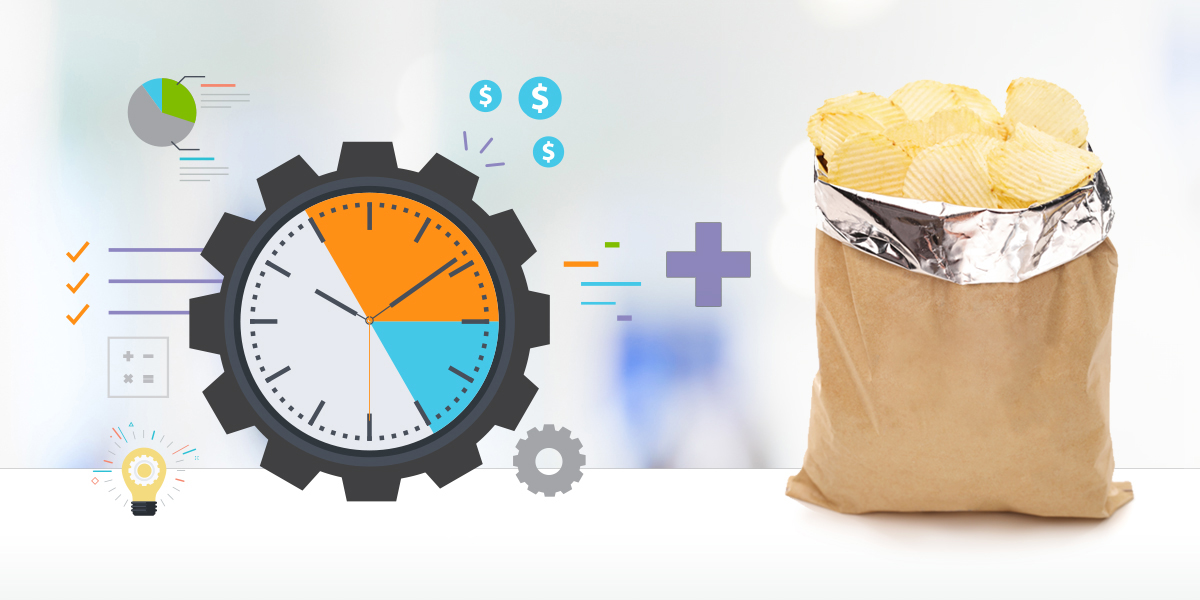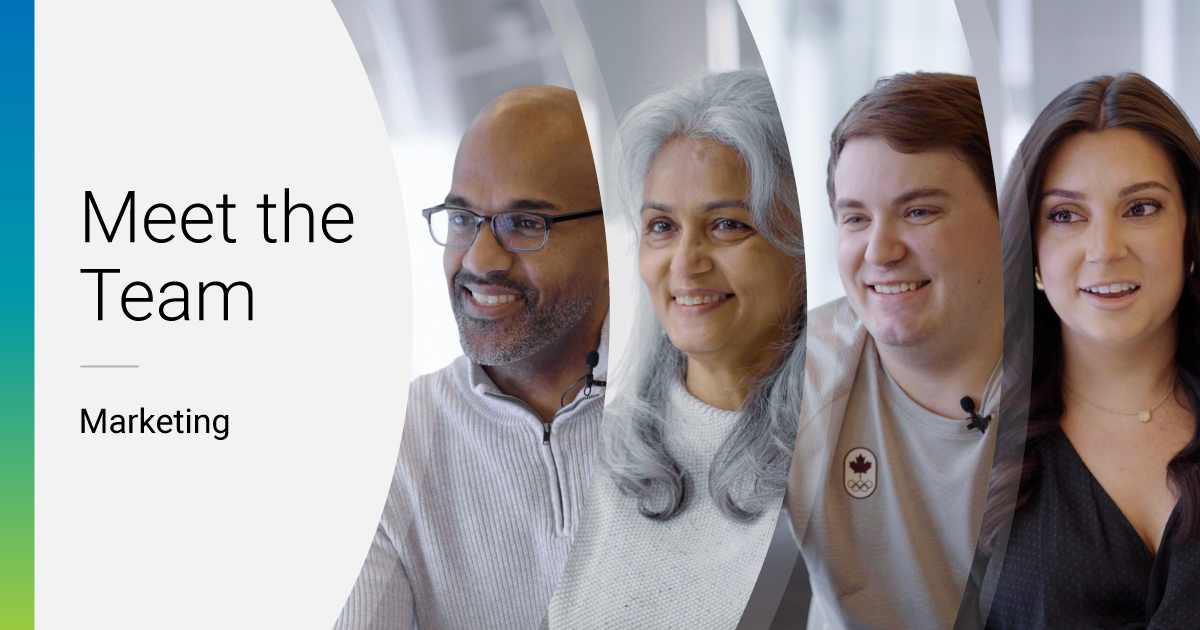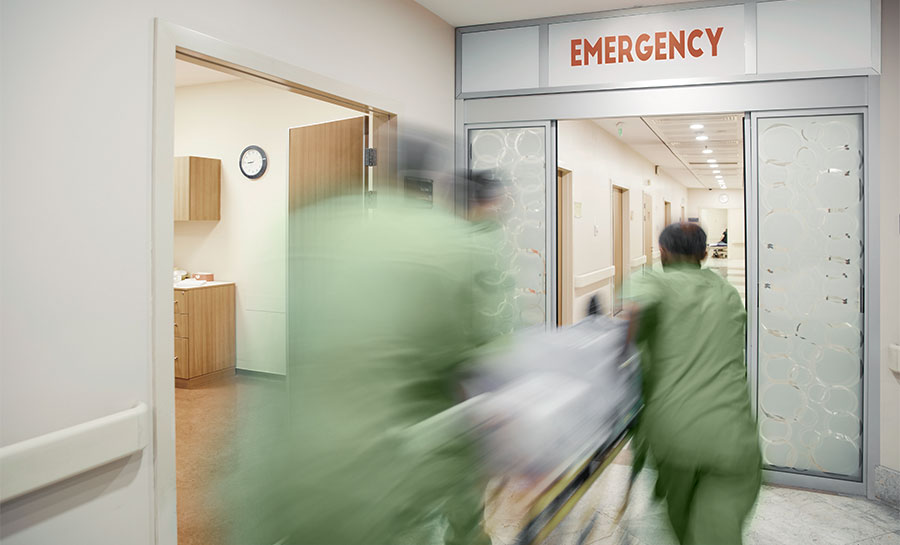Digital technology has radically transformed our daily lives and the way we communicate. We expect instant access to accurate information no matter where we are. Whether we’re looking for an address to drive to, a phone number to call, or looking up business information — with technology at our finger tips, we expect it to be accurate, available and true.
This expectation has spilled over into the workplace both for providers and for regulators. Those who want information on a health record want it fast, accurate and available. Because of this, an appetite has fueled the adoption of electronic health record (EHR) platforms, as the seamless flow of information becomes the de facto standard requirement for documenting and administering care.
Yet, the ability to share and access information is just the tip of the iceberg. Adopting an EHR solution provides the functionality your team needs, and a bag of chips.
Reducing medication errors.
Managing multiple medications for multiple residents can be more difficult than trying to decipher chicken scratch on a prescription order. By leveraging computerized physician order entry and a centralized EHR, your team can manage all medication orders and distribution to ensure the right resident is getting the right medication.
Manage the impact of regulations.
Changing regulations can be more painful than getting chip salt in an open wound. With CMS rolling out multiple regulations at a time, it can be a challenge to make sure you’re meeting — or exceeding — all requirements. Utilizing an EHR that’s compliant with CMS’s requirements is critical to the long-term success of any facility — especially since CMS will be displaying the information publicly in the coming months in most cases.
More accurate billing.
Stay on top of all those dollar bills by utilizing an EHR platform, empowering your team to accurately capture service levels and any add-on services delivered. It can also help improve the speed with which your facility gets paid by accommodating the most popular methods of service billing and enabling staff to generate detailed resident statements broken down by living unit arrangement, service packaged received, and cost sharing agreements.
Actionable data.
Arguably one of the most valuable benefits, an EHR provides the ability for your team to collect and analyze resident and patient data. In order to make evidence-based decisions, practitioners need high-quality data derived from multiple sources. Additionally, digital information, unlike paper-based, can be integrated with multiple internal and external applications.
With the multiple direct and in-direct benefits of utilizing an EHR platform, it’s surprising that more senior care communities haven’t adopted the technology. However, with a tidal wave of baby boomers on the horizon, providers need to start thinking about how they’re going to manage.
Need more ammunition to make your case? Check out our article on The Case for an Electronic Health Record.
Read More: Empowering Pain-Free Documentation in Skilled Nursing







